Hello Friends
It takes recruiters an average of
"six seconds before they make the initial 'fit or no fit' decision"
on candidates based on resumes, according to research conducted by TheLadders.
With this kind of competition, you need to have a flawless resume to get through
the screening process.
We write a lot about resumes —
what to do, what not to do — so now we're introducing a guide to crafting a
curriculum vitae that will get you into the interview room. However, these
rules are general advice we compiled from career experts. Everyone should
tailor their own resume depending on the industry they're in and the position
they're applying for.
Tailor your resume to the
specific position you're applying for.
You're basically selling yourself
on that piece of paper, so mold the information to reflect what your potential
employer is looking for in an ideal job candidate. This is different depending
on your industry.
Put your name and contact info at
the top.
1. Put your name in bold face and/or regular caps.
1. Put your name in bold face and/or regular caps.
2. Include your full address and
home, work (optional) and/or cell phone numbers and your email address but do
not bold these.
Decide if you want to include an
objective.

The length of your resume should
reflect years of experience.
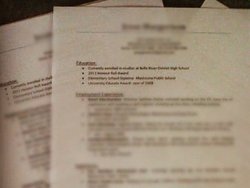
Don't list your hobbies.
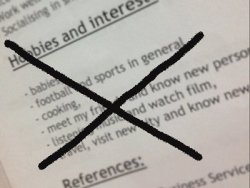
Hiring managers only care about
what you can do for the company, so if you can't connect your hobbies to the
job you're applying for then leave them off your resume. If your
extracurricular activities are relevant, you can include them at the bottom. "I
don't really care what kind of a person you are," Paul Ray Jr., CEO of
recruiting firm Ray & Berndtson, tells Penelope Patsuris at Forbes. "I
want to know what you can do for me."
Don't list your references.
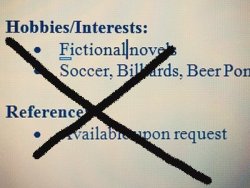
Create your own CV template.
The pre-made resume templates
offered on word processing programs like Microsoft Word just scream
"template," Jacqui Barrett-Poindexter writes in Glassdoor. You can
use those templates as a guide, but create your own final copy. Furthermore,
you should always stick to a format that's appropriate in your industry.
Use plenty of white space to draw
the reader’s eye to specific items.
Don't include so much information
that it gets distracting. "Make it pleasing to the eye, and balanced with
bullets, italics and bold font," Roxanne Peplow, career advisor at
Computer Systems Institute, tells us. "Have your name stand out in bigger
and bold letters ... bullet point your accomplishments. Too many words on a
page are exhausting to read."
Use the right keywords.
Barbara Safani of CareerSolvers
suggests using LinkedIn's skills section to find the keywords that would most
likely be used in a company's search query database. To do this, click on the
"More" tab in your LinkedIn profile and enter a type of skill or
description into the search box. This will result in a list of related skills popping
up, which you can use as keywords on your resume.
Only include relevant work
experience.
“Resumes are a summary of the
most important data,” Debra Feldman, a job search expert, tells Tahmincioglu.
“In my opinion, a part-time job just to pay the bills would not fall into that
category." Peplow tells us that even if you have minimal work experience,
this doesn’t mean that you have nothing to offer. Highlight your transferable
skills, which are the ones that you can use from one job to the next —
regardless of the position.
Use bullet points to list
responsibilities and accomplishments.
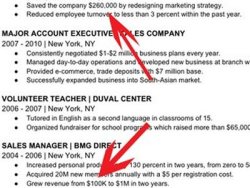 Under each job or experience
you've had, list your responsibilities and accomplishments in no more than
three to five bullet points, writes Jasper Anson in AskMen.
Under each job or experience
you've had, list your responsibilities and accomplishments in no more than
three to five bullet points, writes Jasper Anson in AskMen.
Put a number to your
accomplishments.
Your resume is for experience and
accomplishments only. It's not the place for subjective traits, like
"great leadership skills" or "creative innovator, says Alison
Green in U.S.News & World Report. You should always try to quantify your
accomplishments.
Keep information about your
education as short as possible.
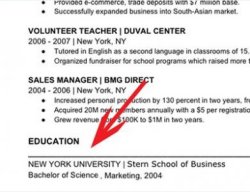
Use a chronological resume
format.
The chronological resume — which
is really reverse-chronological — is the format most often used. On the other
hand, a functional resume doesn't include a chronological job history, but
instead focuses on skills and abilities.
All resources and content from so visit: -
All resources and content from so visit: -
http://finance.yahoo.com/news/how-to-write-the-perfect-resume-153024611.html?page=all
visit for more information

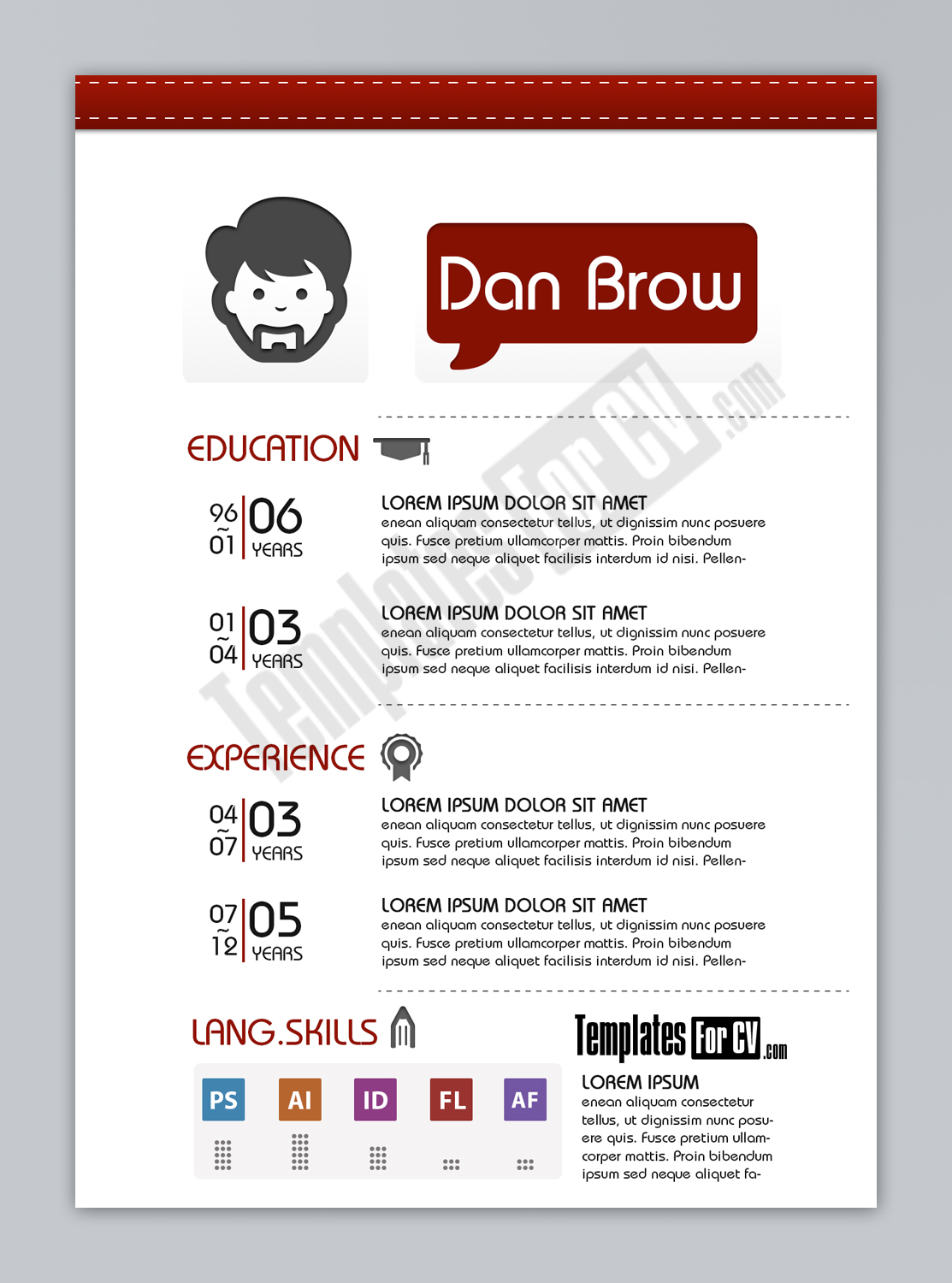
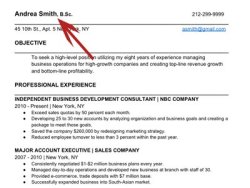

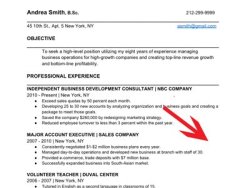
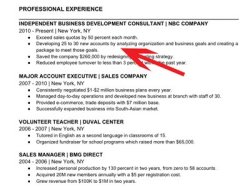
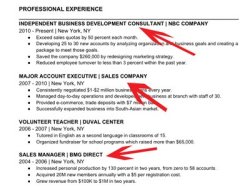








Thanks for sharing it
ReplyDeleteI really like it this kind of information..........Great blog post and really helpful...... and your blog are very interesting and inspiring.
Midnightinfo
CRPF ASI Steno Answer key 2017
HPU BSc Nursing Answer Key 2017
GATE Application Form 2018
JCECEB Para Medical Answer Key 2017
Bihar TET Admit Card
TS EdCET Answer Key